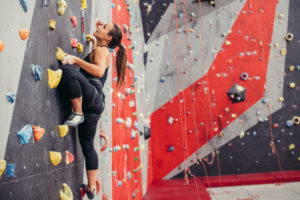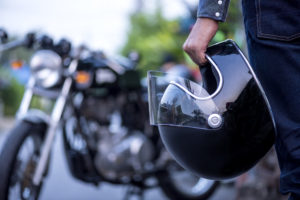In a five year period, Salt Lake City and surrounding Salt Lake County logged more than 1,000 auto-bike accidents. This, despite the fact that Salt Lake City is ranked as the 26th most bike friendly city in the nation. The majority of the 853 accidents that occurred in Salt Lake City proper between January 2008 and October 2013, occurred in heavily trafficked areas like the downtown core, the Central City area and the Sugar House neighborhood.
In response, there is a growing emphasis on paying attention to where you ride your bike in addition to the tried and true safety rules for bicyclists: helmets, reflective clothing, reflectors and lights. Salt Lake City is known for its wide streets that originally allowed horses pulling carriages an opportunity to turn around in one fluid movement. That extra width, however, also gives drivers a false sense of security with the space that encourages driving faster than on narrower streets. That, coupled with diminished perception-reaction time for drivers moving at higher speeds, means increased danger for bicyclists. In response, many bicyclists have begun to make route decisions based on number of car travel lanes, speed limits and whether or not there is a shoulder along the way.
Salt Lake City is also taking steps to improve safety for its bicycling population, which includes Mayor Ralph Becker. One solution has been to increase the number of bicyclists who traverse city streets. The theory is that by adding bicyclists, drivers and anyone else using the same streets are more aware of others who use them. The natural result of heightened awareness is increased safety. In addition, Salt Lake City currently has 211 miles of bike lanes, but the goal is to increase that number. There is also an emphasis on training transportation planners to consider all potential users when designing streets, not just car drivers, by incorporating mixed use lanes and dedicated bike lanes. The concept has worked in other cities such as New York, Minneapolis and Vancouver, B.C. If it works in those cities, there’s no reason it can’t work in the Salt Lake Valley.

Bret Hanna of Wrona DuBois in Utah, focuses exclusively on litigating plaintiffs’ medical malpractice and catastrophic personal injury cases. He has represented clients in state and federal courts, in mediations, and in administrative proceedings in Michigan and Utah since 1991.










Comments for this article are closed.